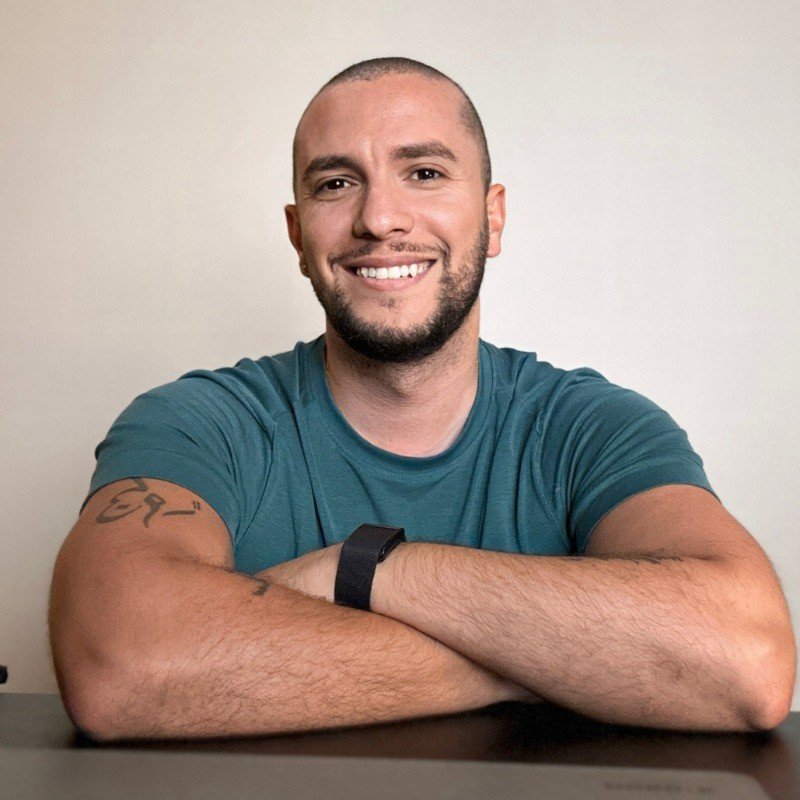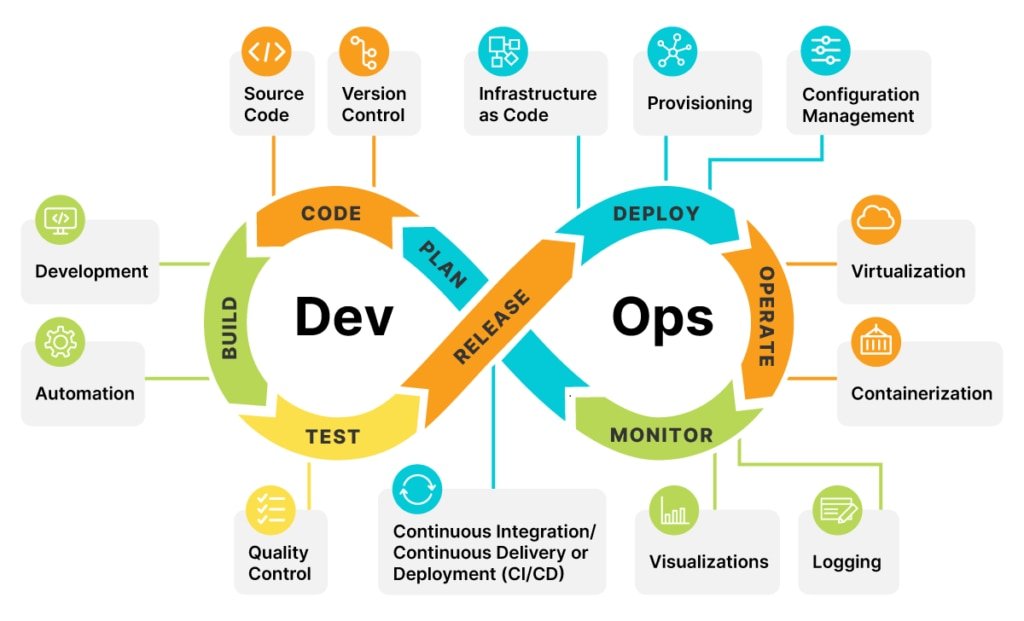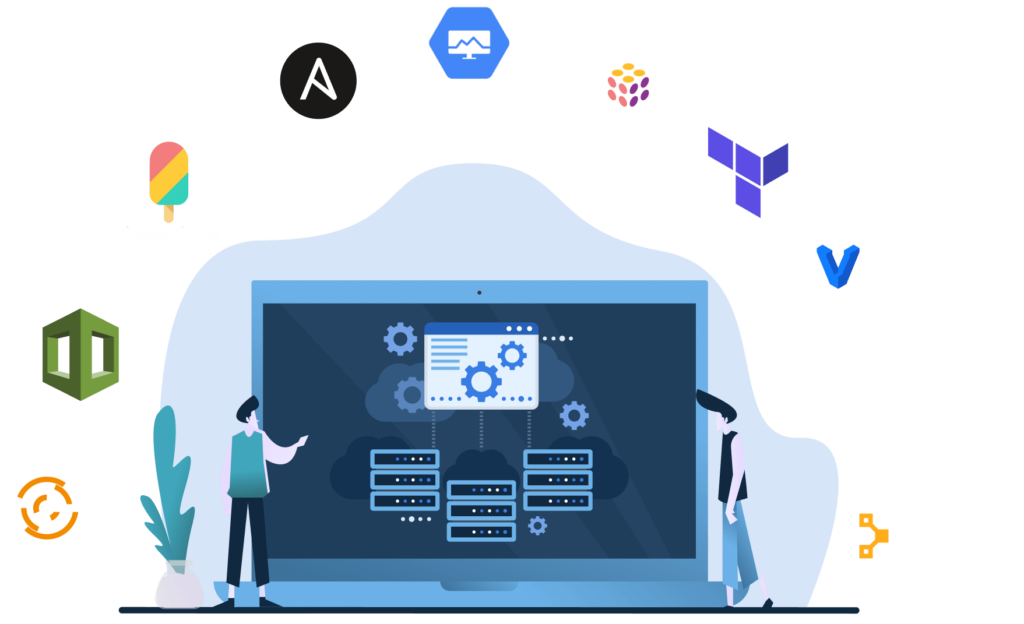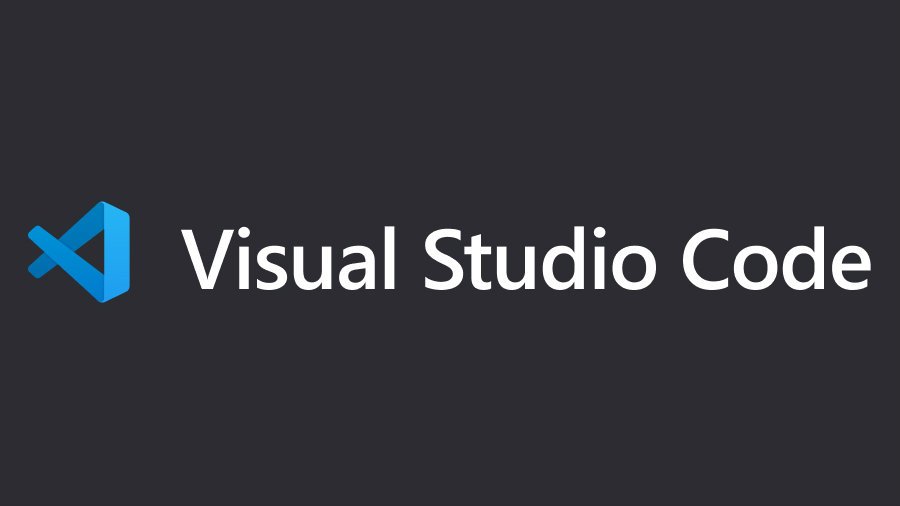If you’re starting your journey at AWS, obviously and without a question: congratulations!! I’m positive this is going to be one of the most exciting opportunities you’ll ever have in your professional career.
But as you start your journey at AWS, I want to share some advice with you, some things that I went through myself to help keep you on your toes for what’s to come. So, for new employees at AWS and those dreaming of joining the company in the future, this is how to survive your first year at AWS
I have divided this article into four sections:
– The essentials section: is about what to expect in the first month as an employee
– The apprentice section: at around the third-month point
– Becoming a practitioner: is the 3rd phase and it’s usually around the sixth-month mark
– The Expert: the 12th-month point and beyond
In the last recruitment phase, out of 6,669 applications, only 52 managed to complete the recruitment process. As you can see, getting a chance to work at AWS is not that easy, so if you got in, that should make you feel special for sure.
But why the absurd ratio? Well, to be hired, you must prove that you can offer better services than 50% of people currently employed at the organization, a concept AWS refers to as “being a bar raiser” and that means no one is permanently safe, really.
Now, let’s get back to the real talk, what do you expect in the first few months as a newbie?
On the first day of the week:
You will get oriented, receive your computer, and meet your team and immediate manager. Most importantly, you will be given an Embark Plan. I can’t show you what it looks like -for obvious reasons- but it’s really nothing but a to-do list, a list of tasks that your manager prepared for you.
And your immediate and most important goal as a newcomer is to get to the bottom of the list by the end of your 3 months onboarding phase. Why? Because only after graduating from your onboarding, will you be able to start doing what you were hired for: working with companies on solving their problems and designing solutions together
Nope: getting into AWS is not the end
Yop: it is but the beginning of your journey to continuously learn and improve your skills
Now, your onboarding plan is carefully prepared by your manager: it includes, but is not limited to: live & interactive training sessions, team projects to build, videos, articles and all kinds of learning material.
Your onboarding will run for about 2-3 months, and you will get to learn about AWS culture, tools, and mechanisms, and also create a formidable network across the company. And I can’t stress this enough: Building a network, is a very, very vital step for any new Amazonian.
So get acquitted with the right people, meet the OGs, go all out and solidify your reach within the organization.
Don’t forget about Leadership Principles, spend a good chunk of your time during the first month at AWS learning Amazon’s LPs: these are the principles the company hires, promotes, thinks, and plans around.
Some of the basic principles you need to learn to enhance your survivability at AWS are things like insisting on the highest standards, thinking big, learning and being curious always, inventing and simplifying, being biased for action, and delivering results, among others.
And you know what’s great about mastering these leadership principles? they give everyone a common vocabulary for communicating about pretty much everything, which, as we all know, is pretty much hard to do at the best of times.
You’ll notice very quickly that successful Amazonians bring up leadership principles frequently during company decision-making, problem-solving, simple brainstorming, and even hiring processes.
And talking of principles, you will never find anyone who registers high on all of them. Each one of us is uniquely designed and has areas of strengths and favourites. Therefore, some LPs will come easy; others will need a lot of input. Tension will arise between some of them, and it is up to you to find the right balance.
Also, if you didn’t have your SA Associate certification prior to being hired, that’s the period during which you will be strongly encouraged to prepare and take the exam.
Settling in well at AWS will take any new Amazonian about 12 months, and, take it from me, the first 3 months can have a significant impact on influencing the rest of that period, and the knowledge you will gain within this time will go a long way and determine your longevity in the organization.
So make sure to give it your best.
Practitioner
It’s month 3 and you just graduated from your onboarding and became an apprentice! that’s the second phase that will roughly run up until your 8th month in the organization.
So, what happens here? Let’s find out!
First thing is, by this time, you should be able to master Amazon’s peculiar language: For example, when you hear something like 1-way vs. 2-way doors, you should know that it means ”is this decision reversible?” Or questions like “do we have our tenets right?” or one of my favourites ”does this scale”? which is something you will hear at least 10x a day
My advice to you is to invest time to absorb, ingest and decode this language because otherwise, you will always have a hard time connecting the dots when sharing work-related issues with your network or colleagues. So be ready to immerse yourself in Amazon’s peculiar culture, focus on the essentials, and most importantly, maintain a positive attitude and show your enthusiasm!
Speaking of colleagues, it’s also around this time that your impact should be felt, especially in and around your network, which is also likely to grow by the way.
Again, you are an apprentice at this stage, so you should be able to understand and execute the performance goals set by your manager, but you will quickly realize that goals are more about input and not revenue. Let me explain: At AWS, goals are made to be challenging; therefore, don’t expect to complete more than 70%, still, do not agonize over it; everything will fall in place at the right time…one step at a time.
During the apprentice phase, you should be expecting less help but still shadowing when necessary. What is “shadowing”? Well, your onboarding buddy will be inviting you to their meetings with customers, to learn from their interactions. You’ll be doing this a few times before your onboarding buddy invites you to do reverse shadow a few times as well, that’s when you lead and they watch so they can provide you with feedback.
And by the end of the calendar year, you should be able to look back and comfortably smile, having achieved great things at AWS. The secret, if you ask me, is to plan ahead, and be aware of the seasonality of events and their impacts on your calendar. Know when re:invent is around the corner for example and what happens during this time. And it is also around the one-year mark that you should be able to indeed become a true Amazonian: Learn to write the Amazon way, cope with Amazon’s peculiar culture, practice self-awareness, and be comfortable experimenting and failing—it’s not the end of the world; combine your past experiences with whatever new you’ve learned in the past year, think of new ideas, challenge the status quo, and develop new skills in line with your role
Expert
The final phase is the expert phase, just like the name. You’ve been in AWS for 1 year! So much had happened already! And it’s from this point onward that you should conduct yourself like the champ that you are! constantly operating with a feeling of urgency but not paranoia, always keeping the standard high, and sharing your problems and successes for others to pick and learn a thing or two.
you should be comfortable understanding what you’re measured against, and basically have at your fingertips how to get things done. You should also be able to help others within your network and beyond. Take some time to review the formidable network you’ve built so far, but from now on, you need to insist on quality vs. quantity. Basically, insist on the highest standards.
But the most important thing in this phase, in my opinion, is building your body of work which basically falls into three categories:
– Customer impact, input vs. output
– Thought leadership and driving innovation
– Hiring the best, developing and investing in yourself
Yes, you are expected to contribute to the hiring process; you are expected to mentor people,
You are expected to develop your public speaking skills and speak at conferences and write blogs—all in all, you are expected to express yourself cautiously, uniquely, and intentionally.
You know, AWS’s structure offers flexibility to move around anywhere and everywhere, and beyond 12 months, AWS will encourage you to change roles, so it’s also at this phase that you would want to understand the promotion process. At AWS, promotions are based on the body of work against role guidelines.
Let me help a bit:
First of all, promotions are done periodically:
L4-L6 promotions are done every quarter
L7+ promotion cycles are twice a year
So during every “promotion season,” your manager will review how you performed against the guidelines that were given to you when you started. So a quick tip is to ask your manager to share previous promotion documents. They will be happy to.
Remember the conversation I had with Tony, my previous manager about everything Solutions Architect at Amazon? – Don’t click the popup banner now, you’ll have a link in the description for that episode – In that episode, Tony did a great job answering questions like “Are solutions architects required to have a programming background” but we also touched on how to show your leadership and grow your influence at AWS: and in my opinion, you do this by picking an area of depth that ideally aligns with your passion, skillset, and customer needs, then join a Technical Forum Community, commonly referred to as TFC.
We explain what TFCs are in that episode and how to get the most out of them, so don’t forget to watch it after you finished this one.
Now at this point, you may have noticed that AWS is made up of builders who innovate on behalf of their customers. So you will be expected to own and drive projects from day one, not week one, not the first month, from the very day you sign up for work
So, in a nutshell, to survive your journey at AWS, always remember, that the bar is high but set yourself a goal of achieving the expected
Now, what good is learning about surviving your first year at AWS if you haven’t gotten into it yet? And for that, I have a full episode sharing the hiring process and how to best prepare for the hiring interview!
Make sure to check it out, and see you at the next one!





